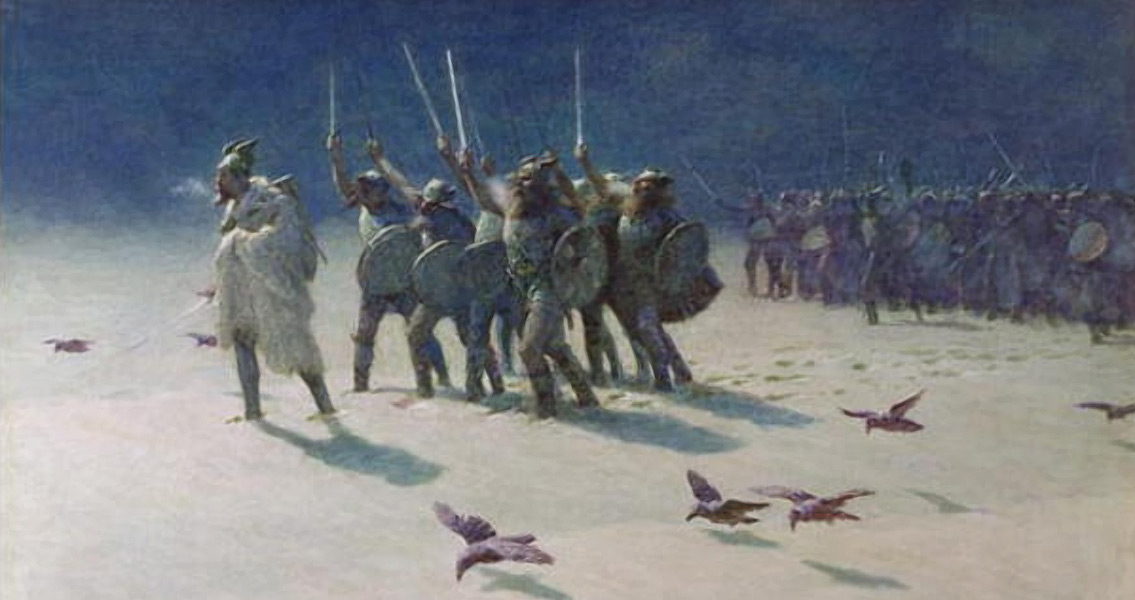<![CDATA[A leisure hiker taking a stroll near the Norwegian fishing village known as Haukeli recently stumbled across a miraculous find: a 1,200 year old sword dating back to the Viking era, according to reports from CNN. Goran Olsen found the wrought-iron sword in surprisingly good shape. The 30 inch long weapon, with its straight, single-edged blade and its long-since deteriorated hilt, has initially been dated to around 750 CE and features a patina of rust across its surface, but other than that was found to have been remarkably well-preserved, according to Hordaland County conservator Per Morten Ekerhovd, who told CNN that it needed little more than a good sharpening to be re-used today. County archaeologist Jostein Aksdal agreed, remarking that the most the sword would have needed to be brought back up to spec was to have it fitted with a new grip and given a bit of a polish to remove the rust. The incredible condition of the ancient sword is likely a result of the region’s unique weather patterns. The mountainous terrain is wreathed in ice and snow for a good six months out of every year, and the summer months are notably free of the high levels of humidity that would have otherwise contributed to the slow but steady deterioration of the blade over the centuries – two facts that were undoubtedly instrumental in preserving the find so well for more than a millennium. In fact, many an archaeological find has been discovered in the mountains nearby as a result of such an advantageous climate. For now, there’s little to no information as to how the blade was lost all those centuries ago, but researchers are keen to begin investigating in earnest once the long Scandinavian winter has come and gone. There are already plans to check the specific region where the sword was found by Olsen, according to Aksdal, who stated that finding the story behind the weapon would largely rely on finding additional objects from the same time period nearby – or perhaps even a tomb dating from the ninth century. Ekerhovd mirrored Aksdal’s sentiment, adding that the sword might have been from a nearby burial site or once been the property of a traveler moving through the area who could have died during the journey. The conservator said that the original owner of the sword might have had some sort of accident, incapacitating and eventually killing him; the low winter temperatures could have also led to frostbite being a contributing factor. Whatever the case, the weapon itself was likely to have been a status symbol for its bearer, for no reason other than that it would have been incredibly expensive. Aksdal said that the owner would have likely brandished it to demonstrate his wealth and power to others. Sent to the University Museum of Bergen, the Viking-era sword will now be subjected to conservation efforts and further study. ]]>
Hiker finds 1,200 Year Old Viking Sword in Norway
